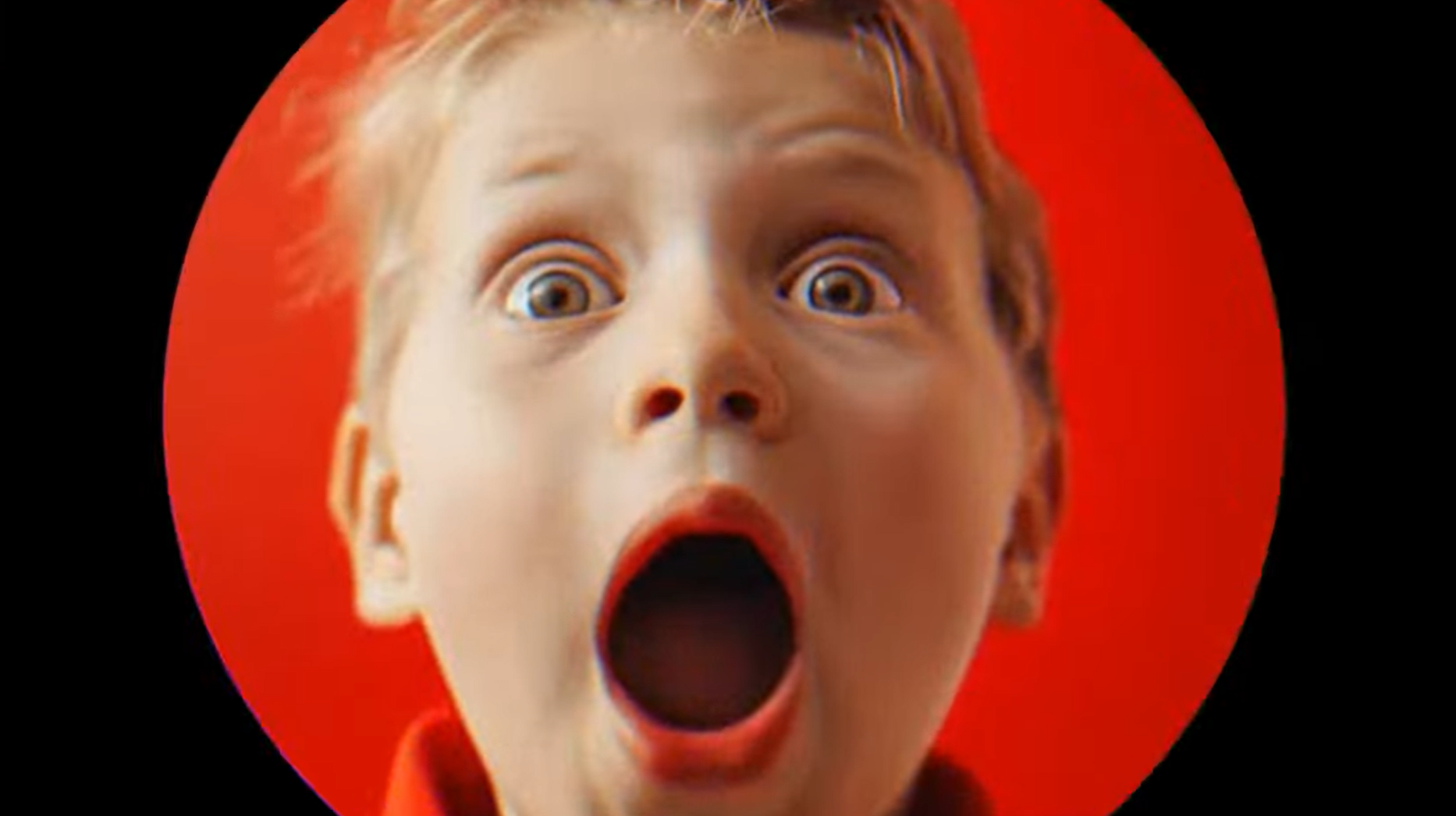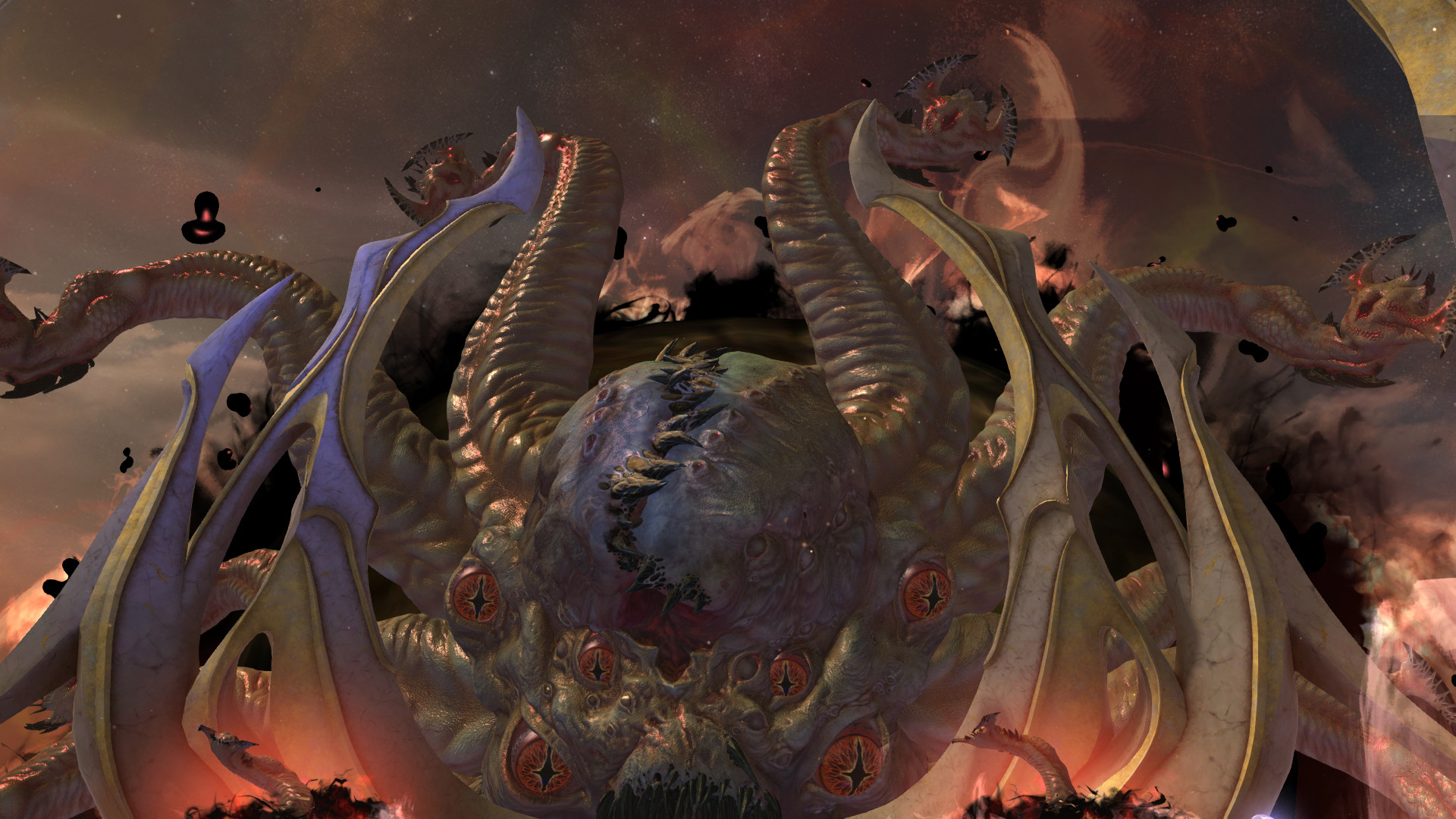
It's still relatively early days for AI video generators, and the most powerful-looking models so far, OpenAI’s Sora and Kuaishou’s Kling, remain accessible only for a select groups of testers. However, a San Francisco-based startup has just shaken things up with the public launch of Luma AI Dream Machine.
The browser-based AI text-to-video generator is free to try, and there's no waiting list. And it looks like it's capable of producing some pretty mind-blowing footage when you consider where AI video was just a year ago. The output remains strange and eerie, but the image quality is impressively clean, and generating video is fast. It looks like it could even replace our current pick in our guide to the best AI image generators.
Luma AI's Dream Machine works much like the best AI image generators. You type in a text prompt, and it will generate video five seconds of video in around two minutes. I've was impressed with initial results, and beta testers already using the program have said that it adheres to prompts accurately and produces relatively coherent motion. Characters appear to be consistent and more capable of expressing emotion than what we've seen in a lot of AI-generated video.
Announcement trailer for "Gala", my new feature-length film project.Created with the just-announced @LumaLabsAI video AI model, #LumaDreamMachine.This is nothing less than a sea change moment for AI video. Thank you to Luma Labs for allowing me to share in the release! pic.twitter.com/ynUNpFytHMJune 12, 2024
Luma AI says it plans release APIs and plugins for creative software. There's a possibility that the public release could prompt Open AI to speed up the public release of Sora, since by getting in early, Luma could score a headstart in building a community around its platform.

The reality is that, despite the launch of Showrunner, which wants to be a 'Netflix of AI', AI-generated video remains mainly of interest for experimentation. I mean, it is possible to tell stories exclusively using mildly hallucinogenic silent panning shots of things just about moving, but it's fairly unwatchable once the curiosity value of the creepy uncanny valley quality has worn off.

Luma AI recognises the current limitations of its generator: scenes can tear and morph into other things, movement can be unnatural, with subjects gliding through scenes like ghosts, text comes out garbled, and polar bears can have two heads. But like I said, it's early days.
For more of the weeks AI news, see the release of Stable Diffusion 3 Medium.
Get the Creative Bloq Newsletter
Daily design news, reviews, how-tos and more, as picked by the editors.

Thank you for reading 5 articles this month* Join now for unlimited access
Enjoy your first month for just £1 / $1 / €1
*Read 5 free articles per month without a subscription

Join now for unlimited access
Try first month for just £1 / $1 / €1

Joe is a regular freelance journalist and editor at Creative Bloq. He writes news, features and buying guides and keeps track of the best equipment and software for creatives, from video editing programs to monitors and accessories. A veteran news writer and photographer, he now works as a project manager at the London and Buenos Aires-based design, production and branding agency Hermana Creatives. There he manages a team of designers, photographers and video editors who specialise in producing visual content and design assets for the hospitality sector. He also dances Argentine tango.

